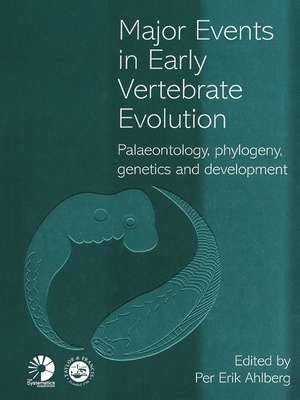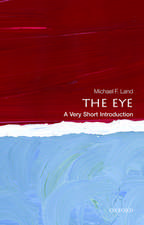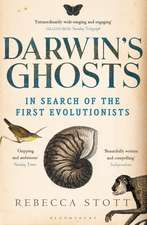Major Events in Early Vertebrate Evolution: Systematics Association Special Volumes
Editat de Per Erik Ahlbergen Limba Engleză Hardback – 15 feb 2001
*When did the first backboned animals appear?
*How are the different groups of backboned animals related to each other?
*How did bones and teeth evolve?
The authors are all experts of international standing in their respective fields, and present some of their own recent findings in conjunction with reviews of the latest work in this fast-moving and fascinating area of biology.
Preț: 1345.62 lei
Preț vechi: 1640.99 lei
-18% Nou
Puncte Express: 2018
Preț estimativ în valută:
257.51€ • 279.62$ • 216.31£
257.51€ • 279.62$ • 216.31£
Carte tipărită la comandă
Livrare economică 22 aprilie-06 mai
Preluare comenzi: 021 569.72.76
Specificații
ISBN-13: 9780415233705
ISBN-10: 0415233704
Pagini: 432
Dimensiuni: 178 x 254 x 25 mm
Greutate: 0.99 kg
Ediția:1
Editura: CRC Press
Colecția CRC Press
Seria Systematics Association Special Volumes
ISBN-10: 0415233704
Pagini: 432
Dimensiuni: 178 x 254 x 25 mm
Greutate: 0.99 kg
Ediția:1
Editura: CRC Press
Colecția CRC Press
Seria Systematics Association Special Volumes
Public țintă
ProfessionalCuprins
1. Deuterostome Phylogeny: The Context for the Origin and Evolution of the Vertebrates Henry Gee 2. Amphioxus and the Evolutionary Origin of the Vertebrate Neural Crest and Midbrain/Hindbrain Boundary Linda Z. Holland and Nicholas D. Holland 3. The Origin of the Neural Crest Peter W. H. Holland, Hiroshi Wada, Miguel Manzanares, Robb Krumlauf and Sebastian M. Shimeld 4. The Origin and Early Fossil History of the Chordate Acustico-Lateralis System, with Remarks on the Reality of the
Descriere
Advances in molecular biology and developmental genetics have contributed to a wealth of new data on the major steps in vertebrate evolution. This volume documents this rapidly developing research and shows how phylogenetics and developmental biology can provide complementary and mutually supportive information about evolutionary events. It brings together contributions from internationally-respected authors from the fields of palaeontology, comparative morphology and developmental genetics. The book is broad enough to appeal to evolutionary biologists and developmental biologists at postgraduate and post-doctorate levels. It is a useful reading for senior undergraduates studying biology, zoology, or developmental biology.




























